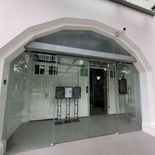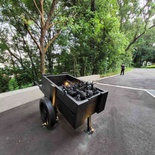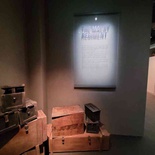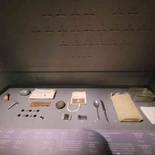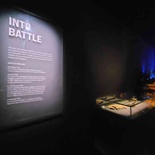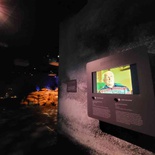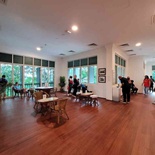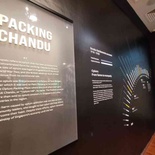Lets visit the newly renovated Reflections at Bukit Chandu. The establishment is both an educational museum, a historical site and a place of remembrance. It covers the history of Bukit Chandu and commemorates the battle of Pasir Panjang and the men of the Malay Regiment who fought in it.
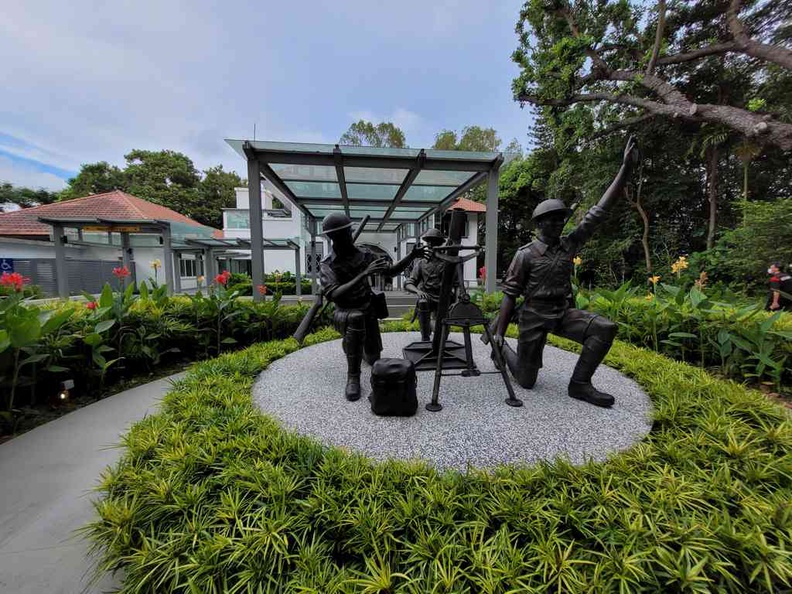
Moreover, the World War 2 interpretative centre is a museum-bungalow is perched at the top of the hill by Pepys Road. You can reach the museum from Hort park taking a park connector trek uphill towards Kent ridge park. It is located just beside the canopy walk. Also, there is free open air parking on Nparks grounds (Singapore National parks board) located before the museum. There are no direct bus service here. The nearest MRT station is Pasir Panjang station.
Museum exterior
Notably at the exterior of the museum, you can find a statue of mortar men at the entrance and drop off point. Also, this front pouch is also where the main entrance of the museum is. Here, you can find peculiar photo opportunities, such as a model of a sampan boat as well as a cart full of pineapples.
At the entrance, you be whisked in quickly into the galleries from here, subjected to occupancy and crowd constraints. You can explore the various air-conditioned galleries at your own time. A museum staff counter sits on your left from the entrance, and are able to take any questions you have.
The ‘Chandu’ in Bukit Chandu
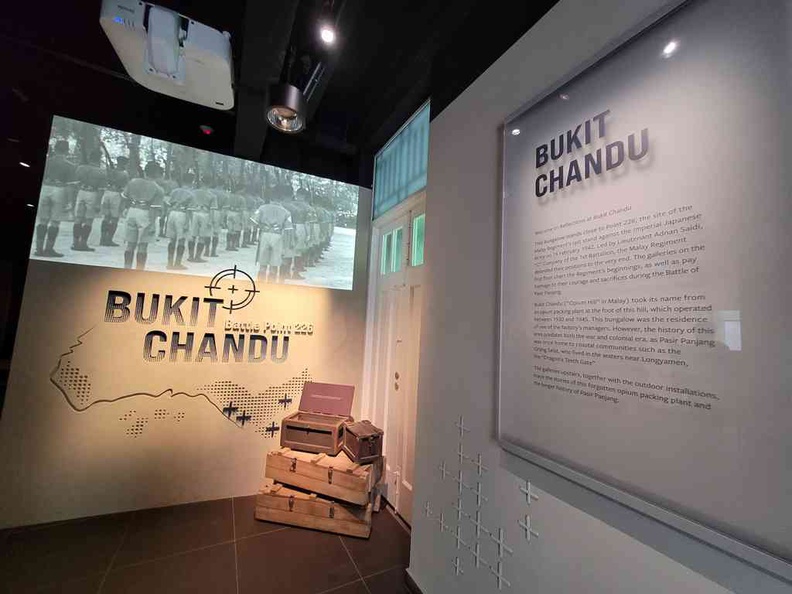
Furthermore, Chandu is the name of the hill which this colonial bungalow sits on where the museum is built into. The bungalow is closely connected to the site’s history. Interestingly, Bukit Chandu means “Opium hill” in Malay took the name from an Opium packing plant. We shall touch on this later in this article.
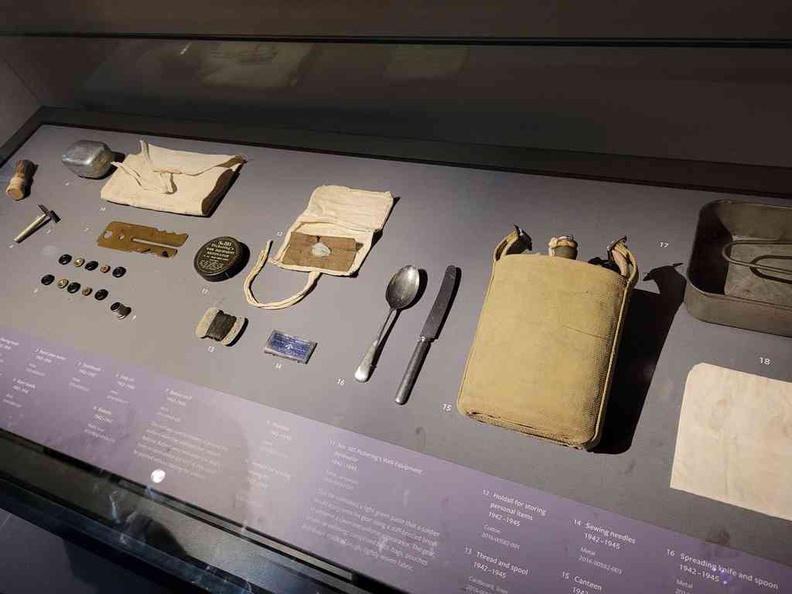
Additionally, the exhibits use immersive experiences and contextual artifacts to present a multi-faceted look at Bukit Chandu. It also documents the sacrifices made during the Battle of Pasir Panjang on 14th Feb 1942.
Introducing the Malay regiment
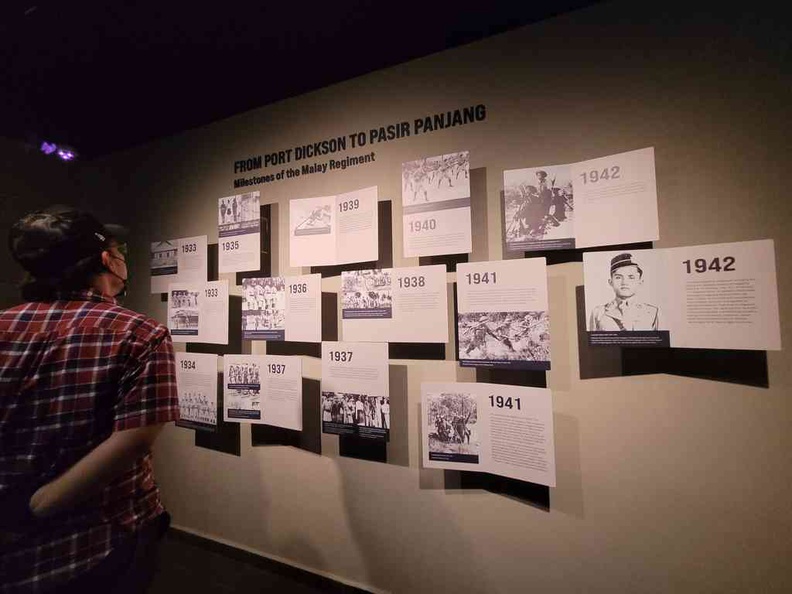
You enter into a gallery introducing you to the Malay regiment. It teaches of the groups, companies and commanders of Singapore early army while the country is still part of Malaysia. Here, it comprises of Army regulars as part of the island self-defence forces since 1933, set up before the independence of Singapore
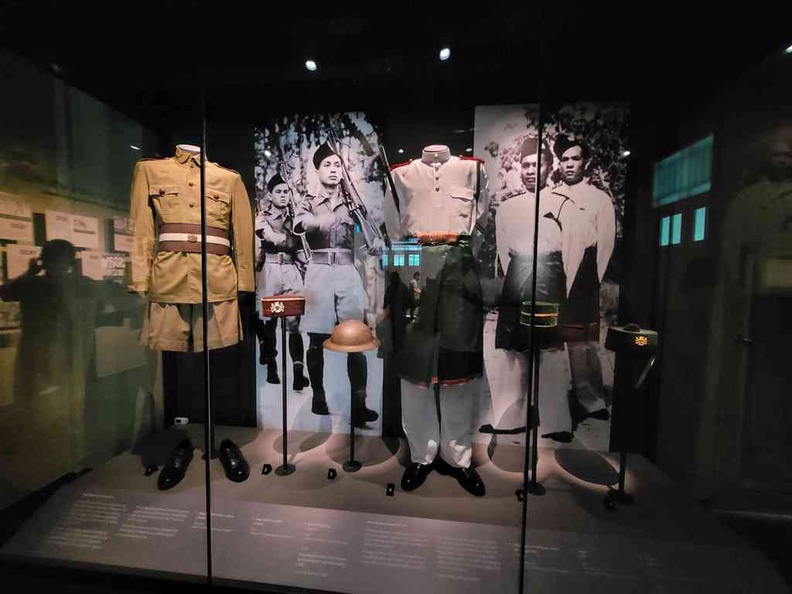
Equipment of war
Also on display here is also a cabinet housing a number of standard issue soldier items. Examples includes uniforms including ceremonial ones, sewing kits, and mess tins and shaving kits.
In addition, the exhibits move onto a dark battle gallery. Here you can find an armament collection of era-accurate rifles and bayonets used in the second world War as well as a selection of pistols, rifles and heavy weapons.
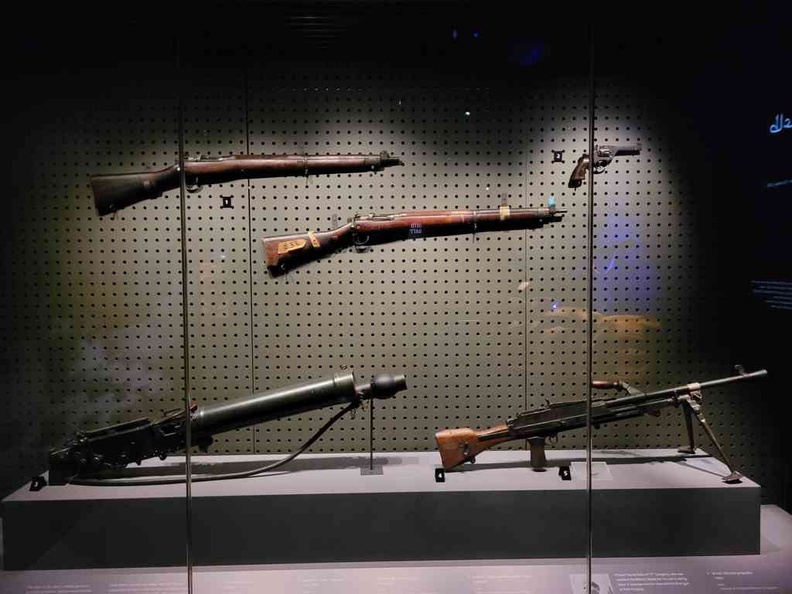
Examples includes automatic weapons such as machine guns used on a platoon level. Notable mention would be the Lee-Enfield Mark III battle rifle. It was issued by the British and the main weapon used during the Second World War. Notably, a trained shooter can fire 15 or more rounds a minute.
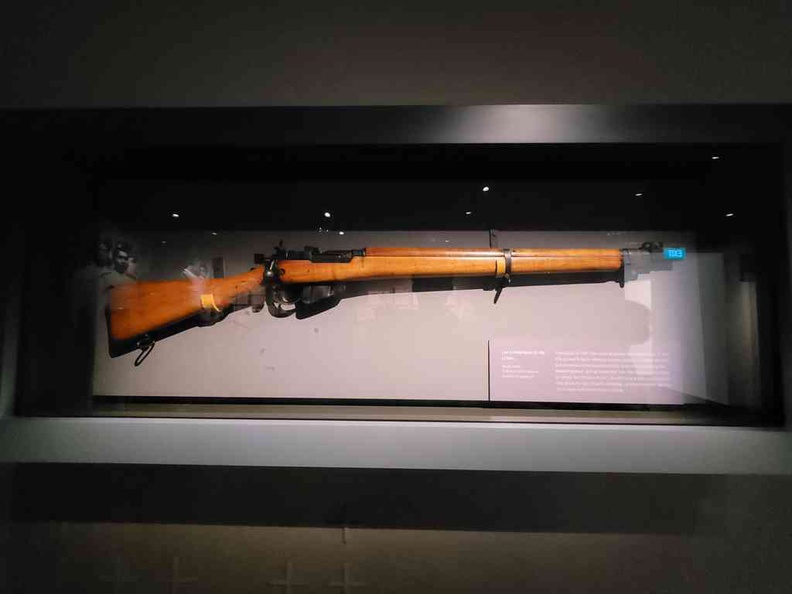
Additionally, this gallery shows via a map on the floor the attacking advance of the Japanese. The battle-hardened foe slowly making their advance into conquering Singapore from the north down towards the south here.
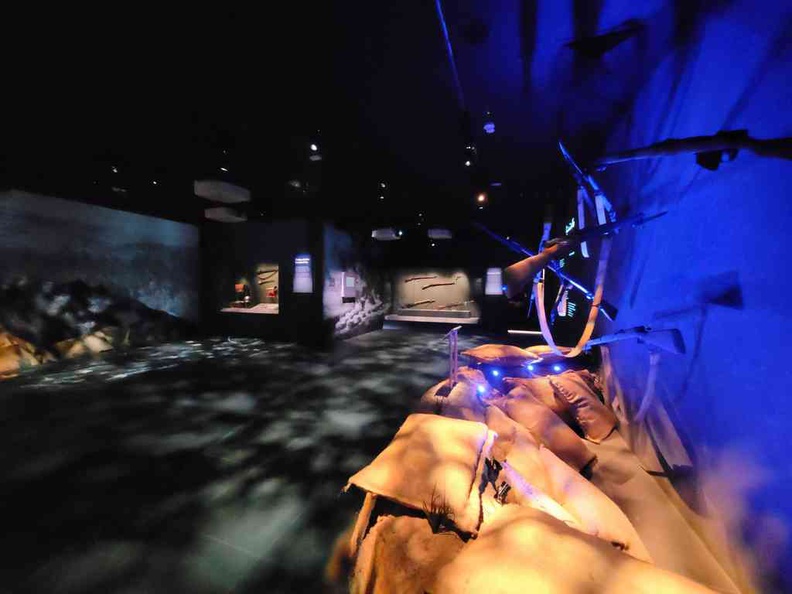
Also, this spot at Bukit Chandu is the last stand and last battle fought on the island of Singapore at battle point 226 before the country surrendered to the Japanese. Also, you can watch audio visual interviews with veteran survivals shown here recounting of the battle.
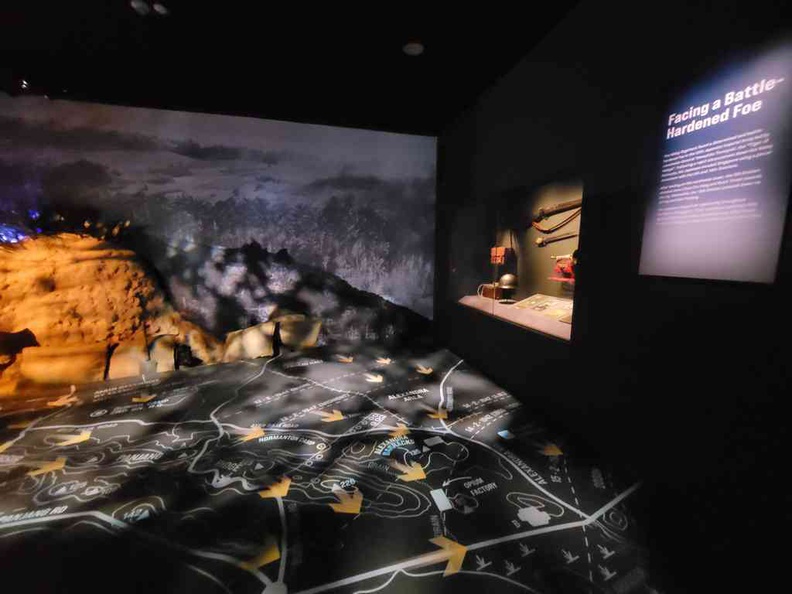
A farewell tribute
Several soldiers fought to the end and were killed on these slopes of the hill itself. A memorial here in the following gallery pays tribute in remembrance of the sacrifices and bravery of this Malay regiment.
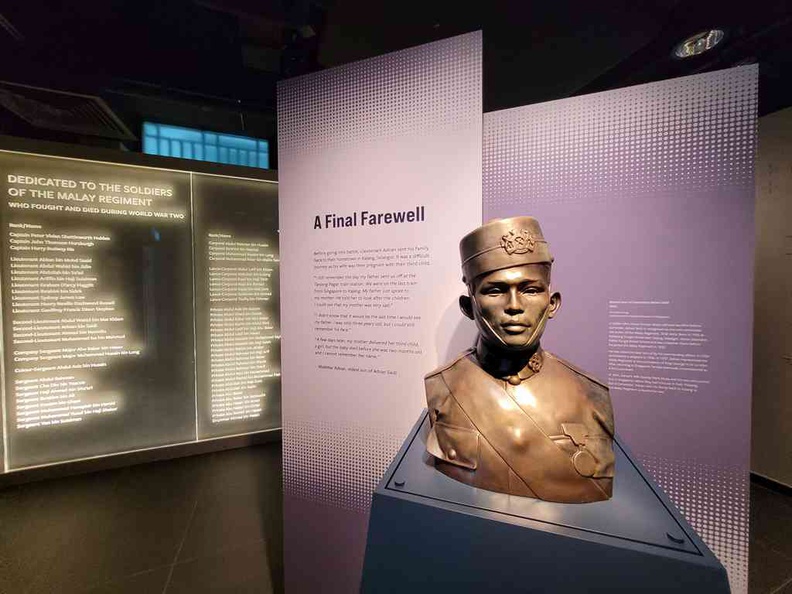
Moving on, the exhibits to the defense of Bukit Chadu ends here. Climbing up to the 2nd floor brings you to other galleries of Bukit Chandu itself. Also, there are wheelchair accessible elevators by the first gallery to bring you up to this upper floor.
Opium packing exhibits
Furthermore, the top 2nd floor has a typical colonial-style bungalow open seating area. It is complete with large airy windows now all sealed in the comforts of air-conditioning. Notably, the top floor here is home to minor supporting exhibits such as Singapore role in the opium manufacturing and trade.
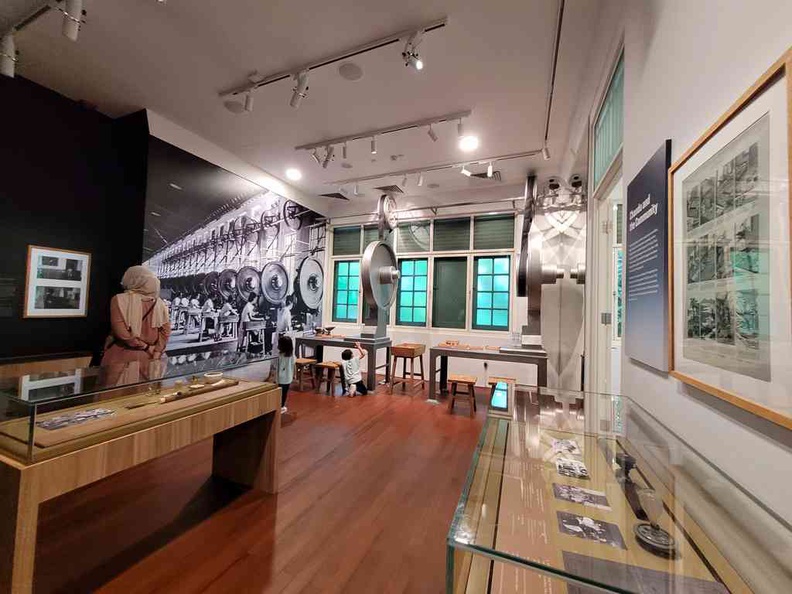
Here, the single room gallery covers the role Bukit Chandu did for opium manufacturing, as well as the addiction it plagued the working class and the social costs of opium addiction. Opium was made in a factory located at the foot of the hill. It operated from 1930 to the 1945 after the war. Hence, giving the name of the hill “Chandu” meaning Opium. Also, on display are also a myriad of opium smoking tools and even purchase cards which opium addicts use to purchase the product.
Wrapping up
Physically, Reflections at Bukit Chandu is not a large museum despite its large historical significance. Also, notably, the museum following its recent renovation has a couple of empty galleries still open for future expansion. Interestingly, if you like to support the exhibit, there is also a donation box up here too. Interestingly it accepts cashless Visa pay wave as a payment option.
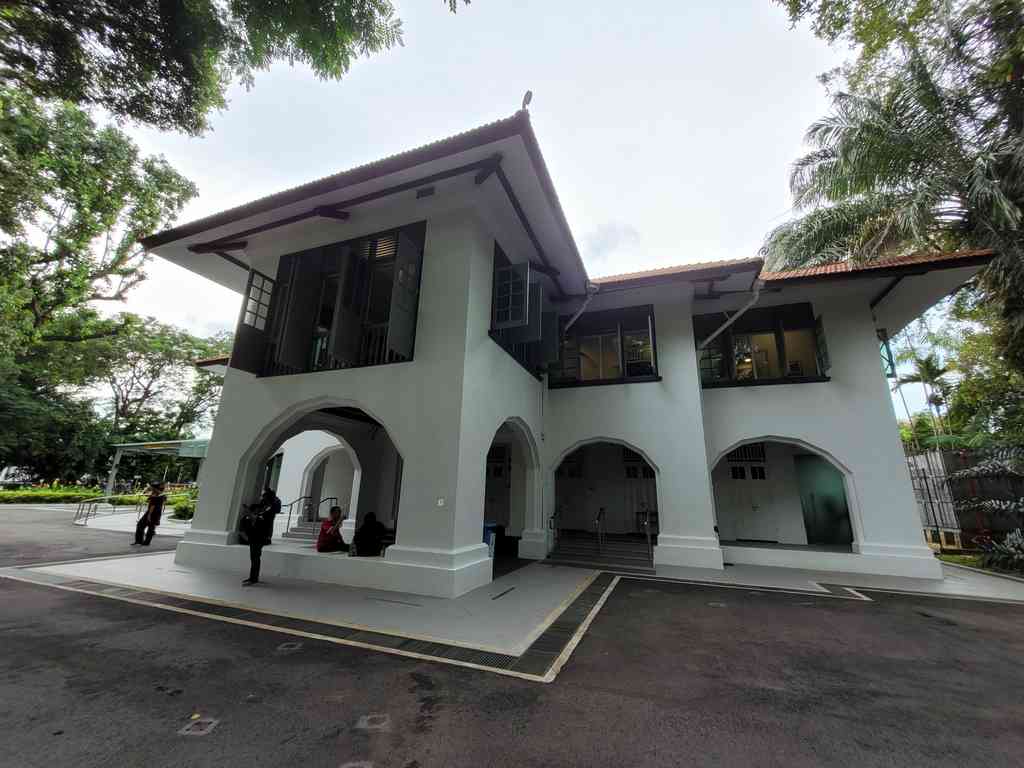
All in all, Reflections at Bukit Chandu is one of the few notable key sites playing a part of Singapore early history in the second world war. It invites visitors to reflect on our nation’s wartime experience and the brave sacrifice of the soldiers. You are good at for about 2 hours. The galleries are open 9.30am to 6pm daily and closed on Mondays. Entry is free to Singaporeans and like the Old Ford factory museum and the Discovery center at SAFTI we visited on our previous museum adventures.

